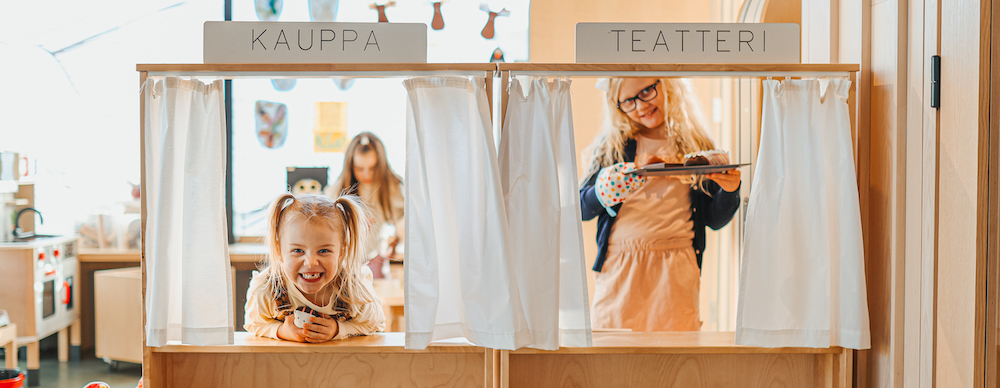Transitioning from rote learning to experiential learning requires a shift in mindset, teaching methods, and classroom environment. Finnish preschools provide an excellent example of how experiential learning can be successfully implemented. The Finnish education model is based on playful learning, child-led exploration, and holistic development. Unlike traditional preschools that focus on early academic performance, Finnish preschools prioritize learning through play, discovery, and real-world experiences—and Indian preschools can adopt many of these principles while aligning them with local cultural and curriculum requirements.
Step 1: Shift from Teacher-Centered to Child-Centered Learning
One of the most significant differences between the Finnish approach and traditional Indian preschools is the role of the teacher. In a rote-learning system, teachers act as instructors who deliver information. In an experiential learning environment, teachers become facilitators who guide children through self-directed exploration.
🔹 How to Apply This in Your Preschool?
- Encourage child-led learning by letting children choose activities based on their interests.
- Instead of explaining a concept, ask open-ended questions like: "What do you think will happen if we mix these colors?"
- Give children time to explore and make mistakes instead of providing immediate answers.
- Observe children's natural curiosity and use it as a foundation for learning.
✅ Example: Instead of teaching shapes through memorization, provide building blocks and let children discover and categorize different shapes through play.

Step 2: Create a Play-Based Curriculum with Hands-On Learning
In Finland, play is the most essential way for children to learn. Learning activities are designed to be fun, engaging, and developmentally appropriate. This approach contrasts with the preschool tradition of early academic pressure, where children are often required to sit still and memorize information.
🔹 How to Apply This in Your Preschool?
.png)





